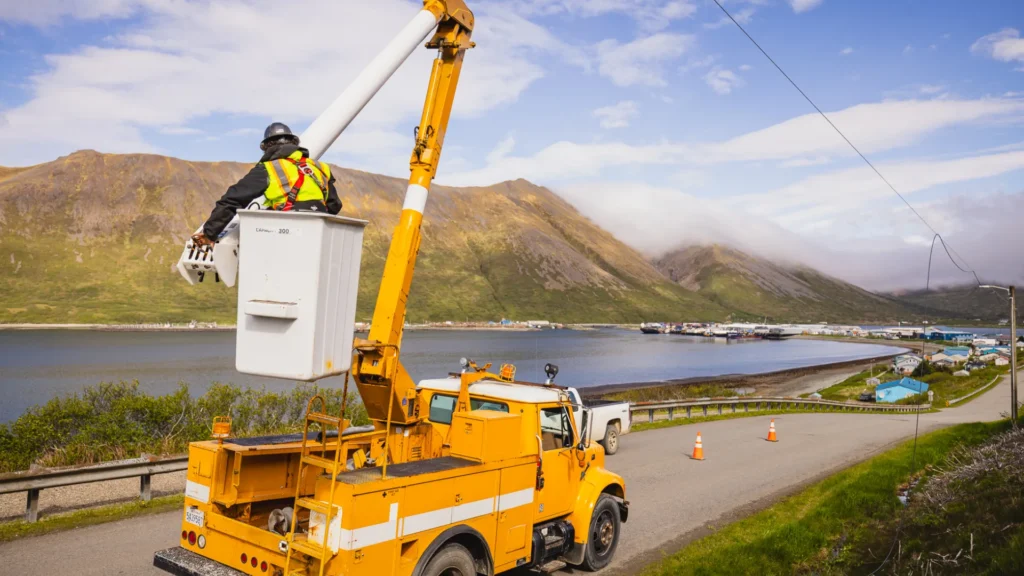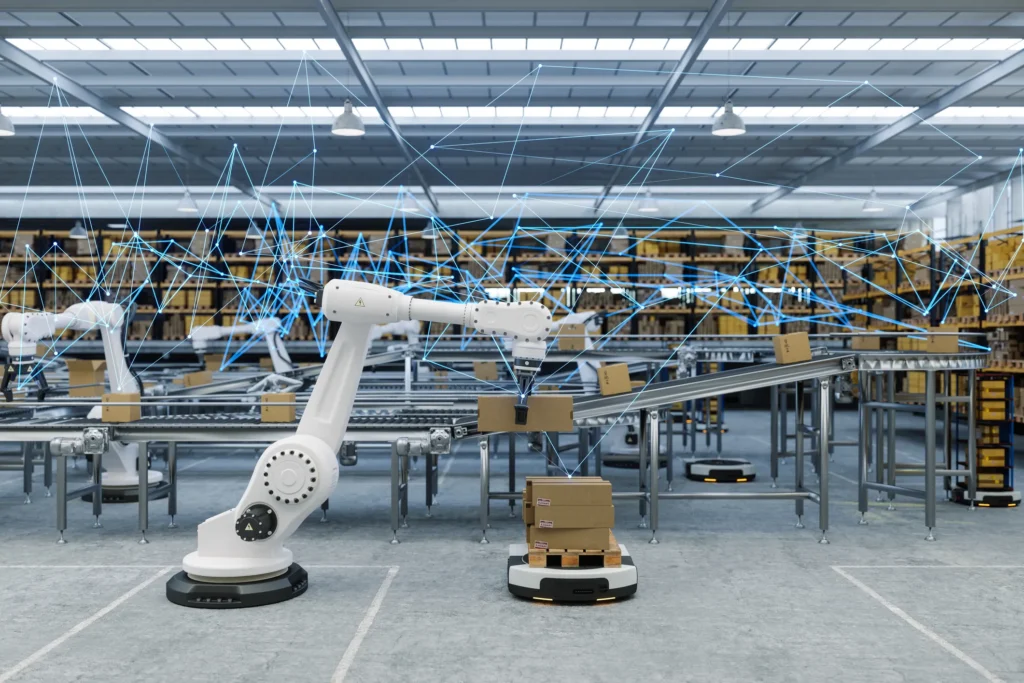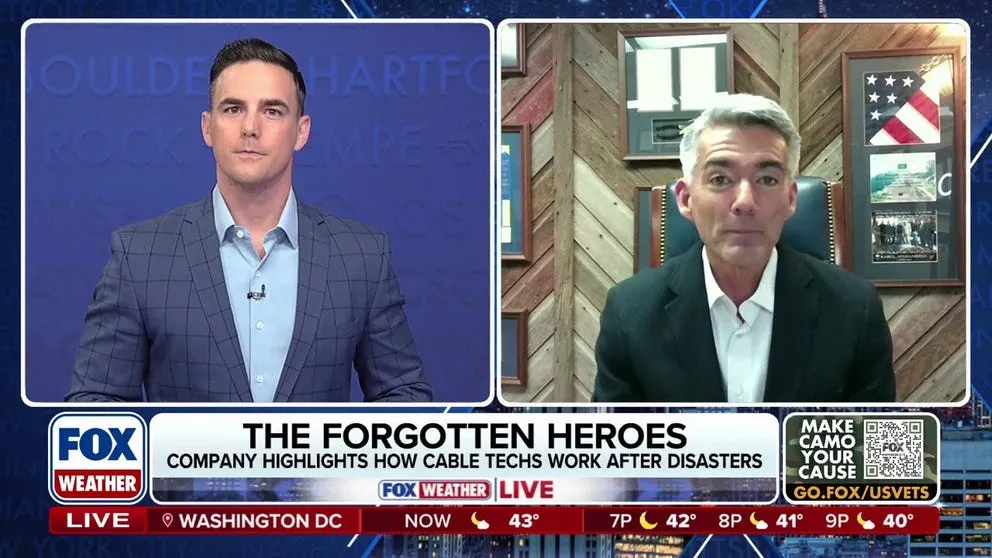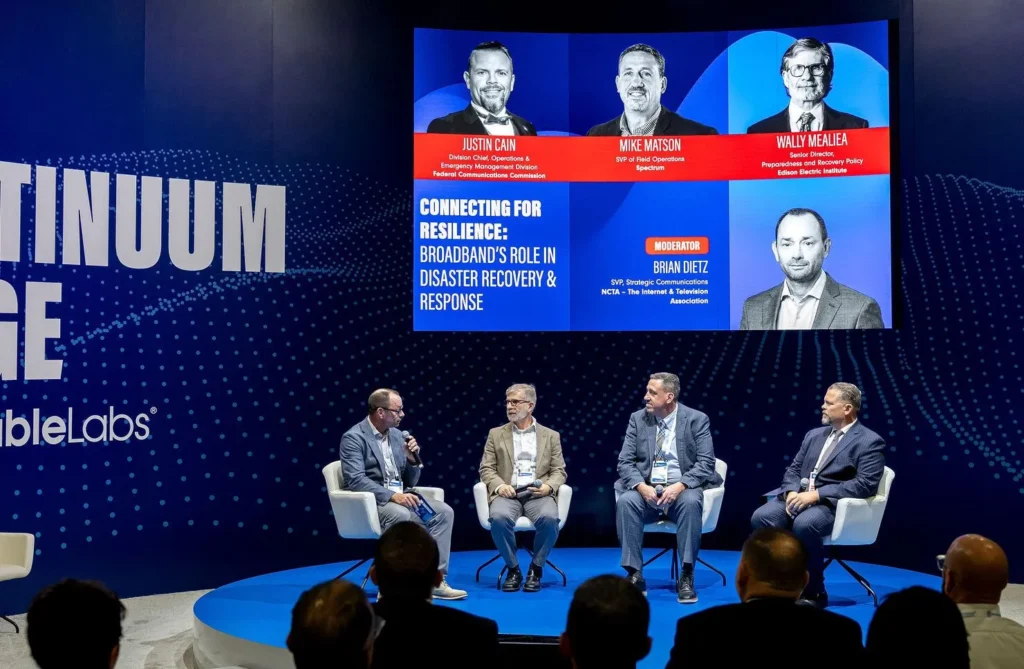As the United States and the rest of the world reach the two-year mark when the COVID pandemic was declared, it’s important to reflect on the enormous changes that have followed. The global health crisis has been devastating and as America attempts its climb back to “normalcy,” some things will never be the same again. But amid many of the tragedies that have occurred, there are also silver linings. Critical issues that may have once been overlooked have been brought to the forefront. One of those issues is the importance of a high-speed broadband connection.
Beginning in March 2020, millions of Americans began working and attending school from home when offices and schools closed their doors. Doctor’s appointments turned into telehealth visits and in-person socialization became virtual. This was all possible because America’s robust broadband networks performed resiliently, as reports attested, even as more people than ever before went online and internet traffic reached historic levels. Cable internet service providers (ISPs) also committed to being transparent about network performance by publishing their data on the NCTA COVID-19 Internet Dashboard, which ran for the first 16 months of the pandemic.
The digital divide also came to the forefront like never before. For the past decade, cable ISPs have tackled this issue through broadband adoption programs that offered low-income families and vulnerable populations high-speed broadband for $10 – $20 per month. Since 2011, more than 14 million people connected to broadband through these programs.
But the pandemic revealed the reality that there were too many Americans without internet access in their home and solving this issue became a national imperative. To quickly address this need, public-private partnerships were formed to identify families without internet in their homes, and schools, governments, and communities turned to ISPs to help make that happen.
Then last fall, the President signed into law the much anticipated Infrastructure and Jobs Act. The $1.2 billion law includes over $40 billion for states and territories to fund the building of new networks in unserved and underserved areas. While there are challenges that remain to building broadband networks built in rural and remote regions, this legislation marked a huge step forward towards closing the remaining digital gaps. Cable ISPs have poured billions of dollars of their own capital investment into building robust gigabit networks to reach unconnected homes, but the new government funding will reinvigorate public-private partnerships that will reach communities without broadband access.
As America climbs out of the pandemic, the way people connect will never be the same again. Some workplaces have become permanently remote, while other businesses, conferences, and even healthcare offices are implementing hybrid models. Schools are open but distance learning is all but a click away, should illnesses or any other reason prevent kids from coming into school.
The future demands that Americans have access to robust and reliable high-speed broadband services that are continually getting faster and have the capacity to stay ahead of our digital needs. That’s why the cable industry is already working to upgrade its gigabit speed networks to the 10G platform of the future. Because no matter what comes next, cable ISPs will continue their work to bring reliable, secure, and ultra-fast gigabit speeds to homes all across the country.









